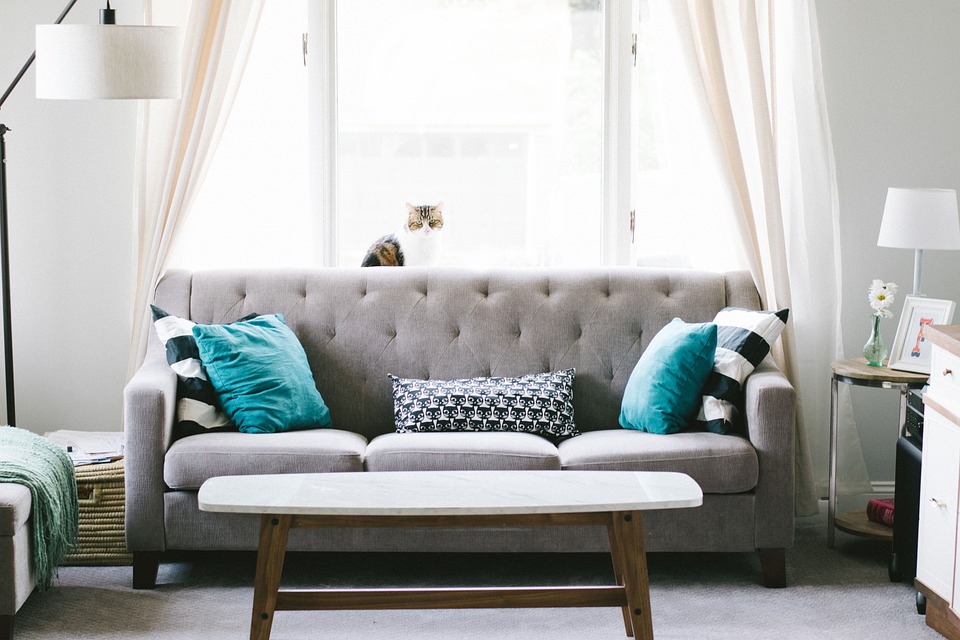How to repair damaged furniture? First of all, we recommend you avoid do-it-yourself and hire a real carpenter, a professional in the industry. But if you really want to dive into the noble and ancient art of carpentry, we have some advice.
Butter, ashes, toothpaste, baking soda, alcohol, irons, and hair dryers. These are “cop-outs” for cleaning damaged furniture. These are simple and effective measures, but in any case, precautions should be taken to prevent further damage and should only be used by those who can handle flammable liquids and various types of equipment.
Also, remember that a few tea bags of tea in a dark wood floor cleaner has the power to restore the old shine. Printed paper images can be transferred to wood with Vinaville or surface solutions to bring old furniture to life.
Stains on water and glass bottles: to solve this problem, scrub with a damp cotton cloth and toothpaste, adding bicarbonate of soda if the stain is difficult to remove.
Round stains caused by glasses or bottles:
- Remove all objects from the table.
- Pour alcohol over the stain.
- Light it with a match.
The heat from the flame for a few seconds will make the stain disappear. WARNING: Perform this work safely, outdoors only, with water available in case of emergency, and only if the stain is superficial.
Various stains (tobacco, etc.):
- Scrub the stain with a razor blade (hairdresser’s) without damaging the furniture.
- Wipe the surface with a clean cloth and wipe a lump of softened butter over the damaged surface.
- Sprinkle ash (preferably cigar ash) over the butter.
- Circulate the surface with a cotton cloth to adhere to the mixture of ash and butter for a smoothing and polishing effect.
- Clean the surface with a cloth impregnated with turpentine essence
Table Made of Italian Walnut Wood
Candle wax: Soften with a hair dryer and remove with a lint-free cloth.
Light wounds without bruises: Open a walnut and rub its kernels on the wound. The walnut oil gets into the wound and darkens it, making it invisible.
Shallow dents: The component of turpentine oil dissolves the paint, so a cloth soaked in this component can be used to repair superficial scratches.
Deep scratches: Plug the hole with a colored wax stick or wood putty. In the latter case, after drying, carefully even out the surface with wood sandpaper. To finish, apply a wax base to the entire piece of furniture.
Smoothing the bruised surface: intervene immediately with a cotton swab moistened with hot water that can soften the fibers. Otherwise, put a wet cloth on the steam iron and pass it over the damaged area with the iron to let the steam escape.
Air bubbles: After pressing flat with iron as described above, place a heavy weight on the surface.
How to Repair and Fill a Small or Shallow Wood Chip
- If the damage to the furniture is small, you can purchase a special putty made from a mixture of glue and wood flour.
- The grout should be done so that it protrudes a few millimeters from the surface and shrinks slightly as it dries.
- When the joint is completely dry, sand the repaired area and paint it with the same color as the furniture.
How to Repair a Large Piece of Furniture
- If the chip is quite large or deep, first sand the chipped area to make it very smooth and slippery.
- Using a stick that can fit the chip’s size, imitate the chipped chip’s shape and make it larger than 2 to 3 mm.
- Soak the new part and the area to be inserted with glue and stick it so that it protrudes a few millimeters from the surface of the cabinet.
- To facilitate gluing, use special clamps as needed or, if possible, wrap the damaged part with adhesive tape and tighten it well (e.g., for furniture legs).
- When completely dry, sand the new elements to match the rest of the furniture and paint them in the same color.



